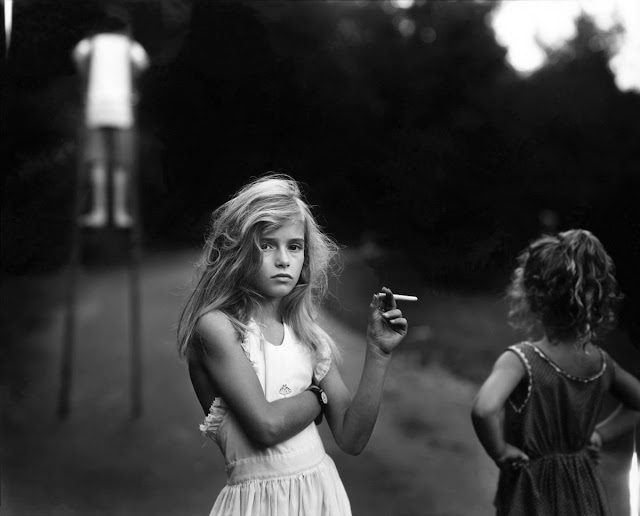W. Eugene Smith: Unflinchingly Honest Photojournalism
Photojournalists can sometimes receive flack for taking visceral photos on assignment. Where is the line between decent, objective reporting and shockingly explicit imagery? Photojournalist W. Eugene Smith didn't seem to care much when he published his unflinchingly honest photojournalism in the pages of America's most popular magazines.
W. Eugene Smith (the "W" stood for William) started his career in photography when he took his first pictures for a couple of local newspapers. He studied photography later on under a special scholarship created just for him. After graduating, he left for New York and bounced around a few different agencies before securing a job as a war correspondent for Flying magazine. He would transfer a year later to Life magazine where some of his most famous images would be published.
During World War II, Smith covered the Pacific War, following the Americans as they captured one island after another until they reached Okinawa. It was here that Smith was severely injured and sent back home to the US to recuperate. After two years of rehabilitation, he was back doing photo assignments for the magazine.
During his time with Life, he produced many memorable photo essays to the point that he is universally acknowledged as the prime mover of the art form. One of his most lauded photo essays was his 1948 "Country Doctor" wherein Smith spend three weeks with Dr. Ernest Ceriani as the tireless medical practicioner treated his patients and cared for the sick in rural Colorado.
Smith worked a few more years at Life, going abroad on different assignments until he left the magazine over disputes on the use of his photographs. Smith's uncompromising stance on his images earned him the reputation as being troublesome.
Smith later joined the prestigious photography cooperative agency, Magnum Photos. He worked on different assginments during this time, first documenting the city of Pittsburgh, then moving to Manhattan to record the Jazz scene there. Over 30,000 individual images were made from these two projects, some of which have fortunately been reproduced in different books.
One of Smith's most important photographs after his previous projects was his 1971 photograph "Tomoko Uemura in Her Bath" (the header photo above). The image shows Ryoko Uemera in her bath, cradling the deformed body of her daughter, Tomoko Eumura who was severely affected by the Minamata disease, a type of mercury poisoning. The image helped raised international awareness of the disease and helped those afffected receive their just compensation.
The portrait is unflinching and brutally honest, just like Smith's other equally affecting photographs.











"a special scholarship created just for him"
ReplyDelete..wait what? Was it common to have stuff like that happen?
You've listed some amazing photos. I've always been a fan of black and whites as well as old photojournalism shots. These days it seems that everyone goes for the shock value instead of showing the emotion of a situation. They are two very distinct things.
ReplyDeleteI like him as a person.. but I love his images. I love it when I can understand the feeling as it happens, without actually being there. It's like he brings that out effortlessly.
ReplyDeletethat explosion pic looks awesome. almost like its painted. is it painted?
ReplyDeleteJay, this post is astonishing. Many information on the topic, which is amazing itself and a bunch of well picked images. Reading an article hasn't been such a pleasure for me since like forever.
ReplyDeleteO.o
ReplyDeletethere's a few shocking photos in there, awesome work
ReplyDeleteBeautiful post- many thanks for introducing me to such an inspiring photographer.
ReplyDelete